
7 minute read
IWM approach essential to maintain black-grass control
Cultural measures must remain at the top of the black-grass control hierarchy, despite the introduction of new herbicide chemistry. Teresa Rush reports.
IWM approach essential to hold the black-grass control line
PICTURE: TIM SCRIVENER
The arrival of new herbicide chemistry such as cinmethylin (Luximo) will bring an improvement in herbicide performance against black-grass, but sticking to tried and tested integrated weed management (IWM) principles remains essential if control levels are to be maintained.
That is the unequivocal message from NIAB weed specialist John Cussans, who warns the improvement in weed control brought by the new chemistry is not as great as the improvement delivered by an integrated approach combining drilling date, rotation and cultivations.
“The fundamental reality of having to use soil-acting pre-emergence herbicide chemistry – having to do all your weed control in the first couple of weeks after drilling and having very little contact activity – cinmethylin is not changing that.
Performance
“We are fundamentally still in the same place. It’s given us the opportunity to have 20% more performance - to step up. But if we go backwards on some of the integrated weed management approaches around drilling, crop rotations, cultivation timings, the outcome will be to step backwards because that 20% difference is not as big as the differences from some of the other control options,” he says.
Urging growers to keep the black-grass control hierarchy front of mind (see panel), Mr Cussans says the cultural practices which sit at the top of the hierarchy must be addressed before factors lower down, such as spray timing and technique, are considered.
Understanding the black-grass control hierarchy
JPositive steps have been made in terms of controlling black-grass across the UK in the last 10 years, says John Cussans.
This achievement has been built on strong footings of using knowledge of weed biology to inform the practices that will bring most reward.
1Cultural practice This includes setting better rotations, cultivation strategies and drilling dates, which is one of the most effective techniques. NIAB’s long-term data set shows a 50% reduction in weed density from delaying drilling. 2Herbicide programmes The adoption of routine, pre-ems at the expense of ALS and ACCase herbicides for black-grass control has been an obvious change in the last five years as a result of widespread resistance. However, it remains easy to become too dependent on a select few active ingredients.
It is important to utilise the full range of modes of action available within a herbicide programme to maximise efficacy and reduce the risk of resistance building. Using a more diverse programme will deliver better performance than increasing the dose of a single mode of action. 3Application timing Sequencing the residual components of a herbicide programme is effective as it captures the full germination period and reduces the pressure on the crop, which itself is a tool to weed control.
Starting with a true preemergence application within 48 hours of crop establishment is vital, with a follow-up when weeds are at cotyledon stage the most potent combination.
4Application technique NIAB’s recent work indicates the interaction of tank mix, nozzle type and water volume can be incredibly variable for pre-emergence applications. It is vital your choices do not negatively affect the previous steps of the hierarchy.
Applying at 200 litres/ hectare appears to be worth an additional 10% control but will cut your work rate. If this risks delaying your pre-emergence application, thereby reducing control, then using a lower water rate would be recommended.
rSummary Concentrate on the factors that make the greatest contribution to weed control. Subsequently, avoid practices that risk degradation of those key factors.
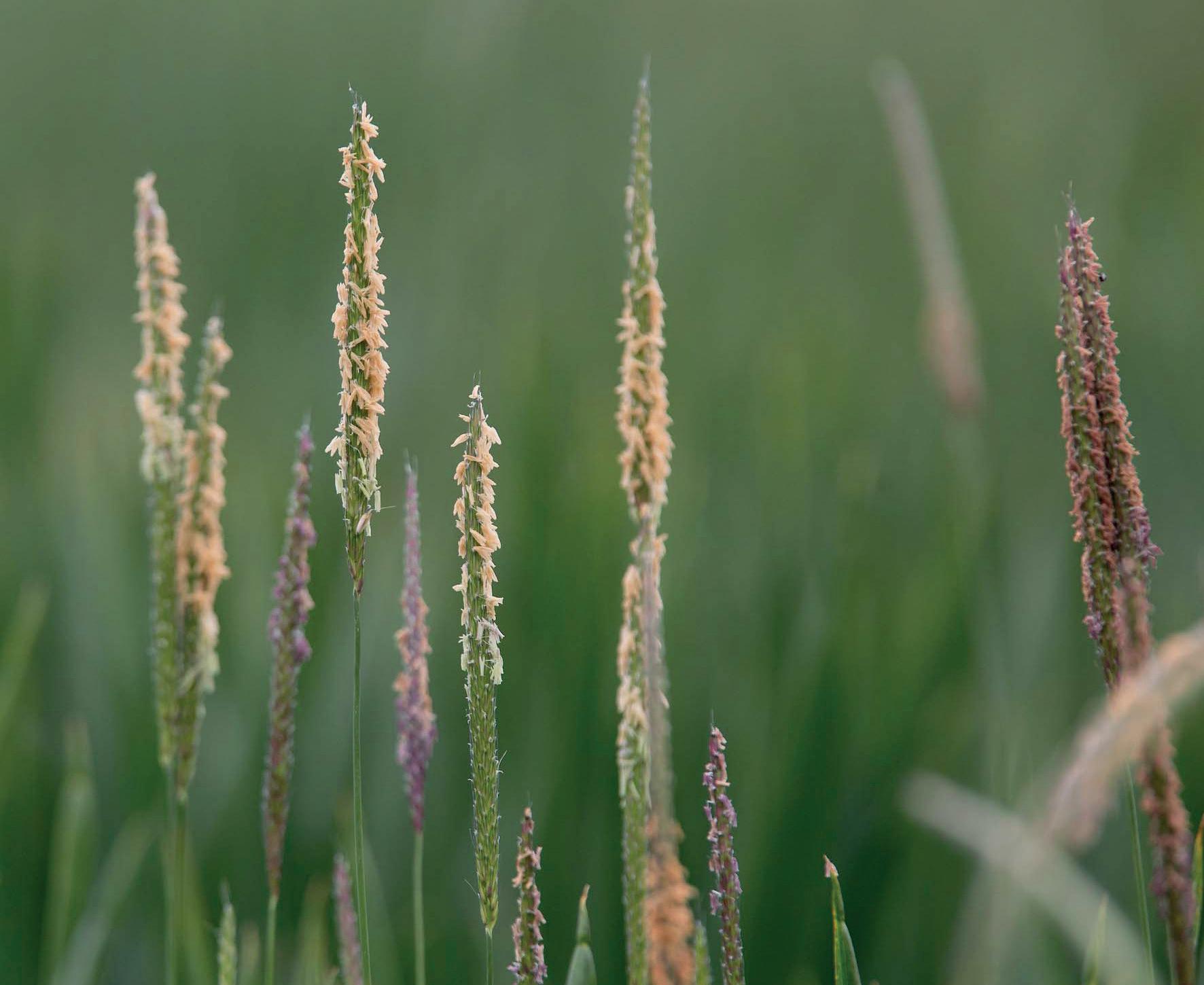
JOHN CUSSANS
“Because we’re not going to spend our way out of poor management of black-grass, we’re not going to optimise our way out with application technology. These are things we can do after we’ve got good rotations, drilling dates that are appropriate for the weed pressure and good conditions to apply pre-ems.”
NIAB drilling date trials carried out across 10 years show that, on average, black-grass density in an autumn-drilled winter wheat crop is reduced by 50% where drilling is delayed by a month.
“The reality of that data is that every single week you are losing black-grass plants out of the system you’re reducing the density you’re going to try and control in the crop.
“You have to understand you’re reliant on this basket of pre-emergence herbicides to get good weed control; it all has to be achieved very early on and density is important.
“In a winter wheat crop, with one black-grass plant/sq.m, you might get 10, 12, 13 heads per X

Do not squander the improvement in black-grass control from new chemistry by moving away from cultural control techniques, advises John Cussans.
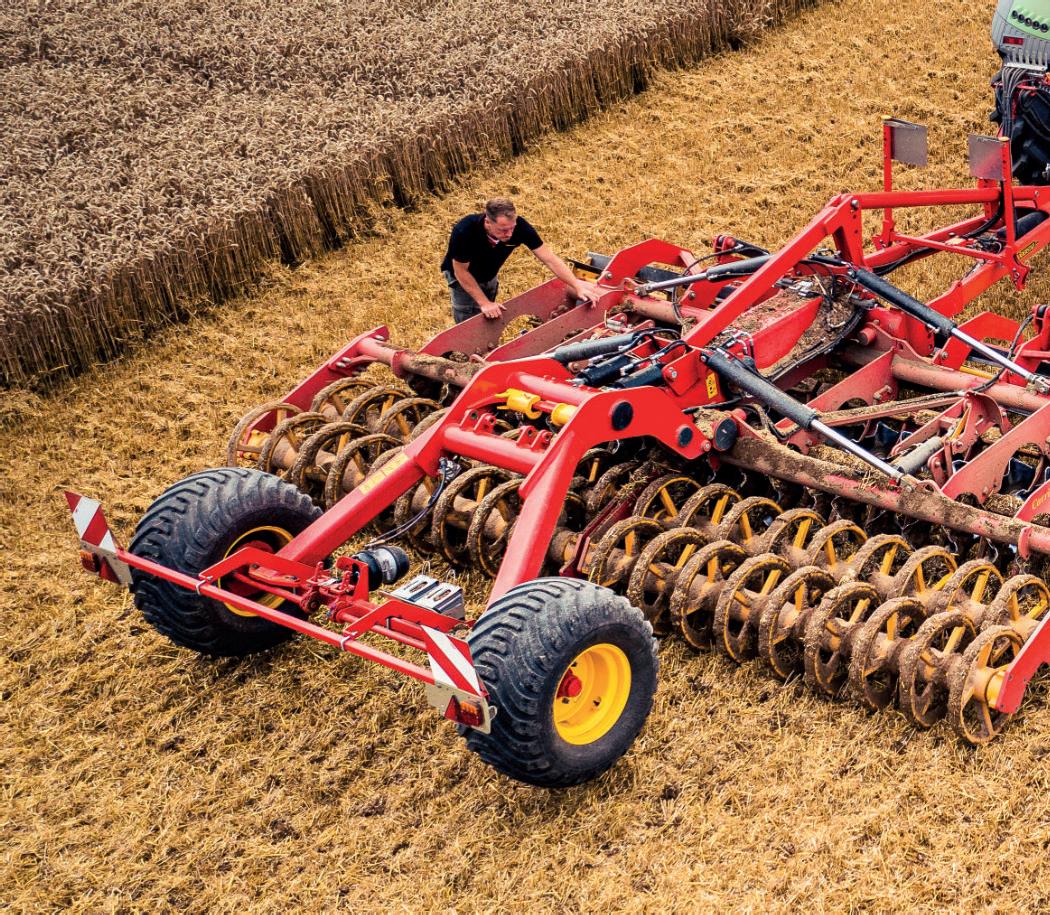
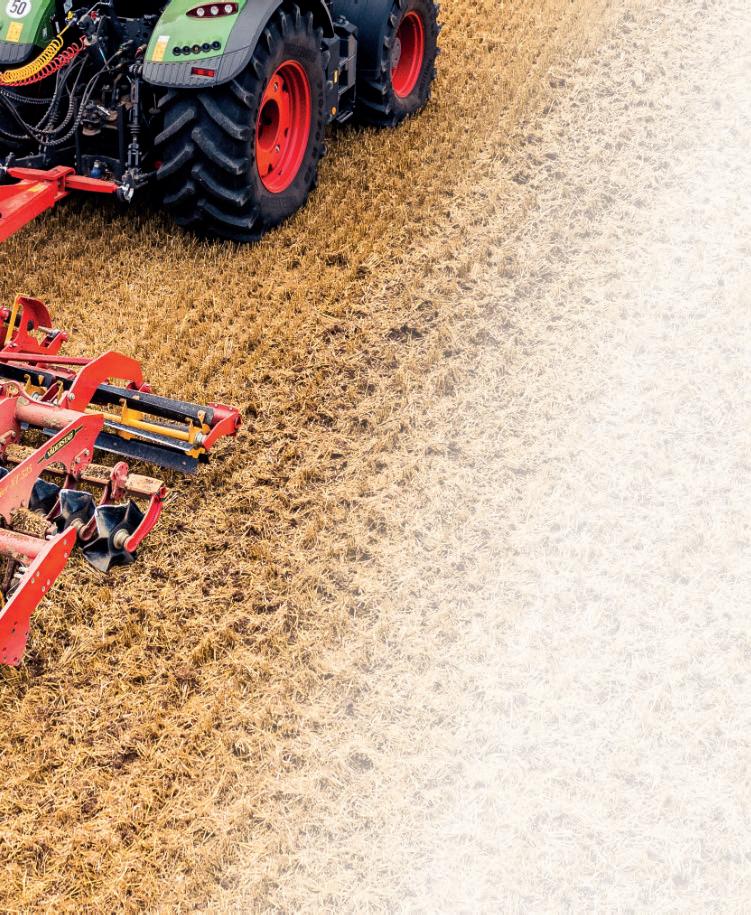
Thenew CarrierXT
CarrierXThastheabilitytooptimise thediscanglestoitsworkingdepth. Thiscreatesafullcut-outata shallowerworkingdepthorreduced soilflowatadeeperworkingdepth. Bothofthesefactorscontributetoa lowerdieselconsumption.
Learnmoreatvaderstad.com
CarrierXTcaneitherbedelivered asatrailedormountedversion. Theworkingwidthis4.25,5.25or 6.25m.AllCarrierXTmodelscan beequippedwitharangeofboth singleanddoublepackeroptions.
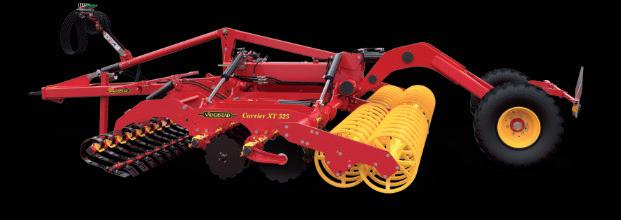

Cinmethylin provides a useful new option for control of ryegrass.
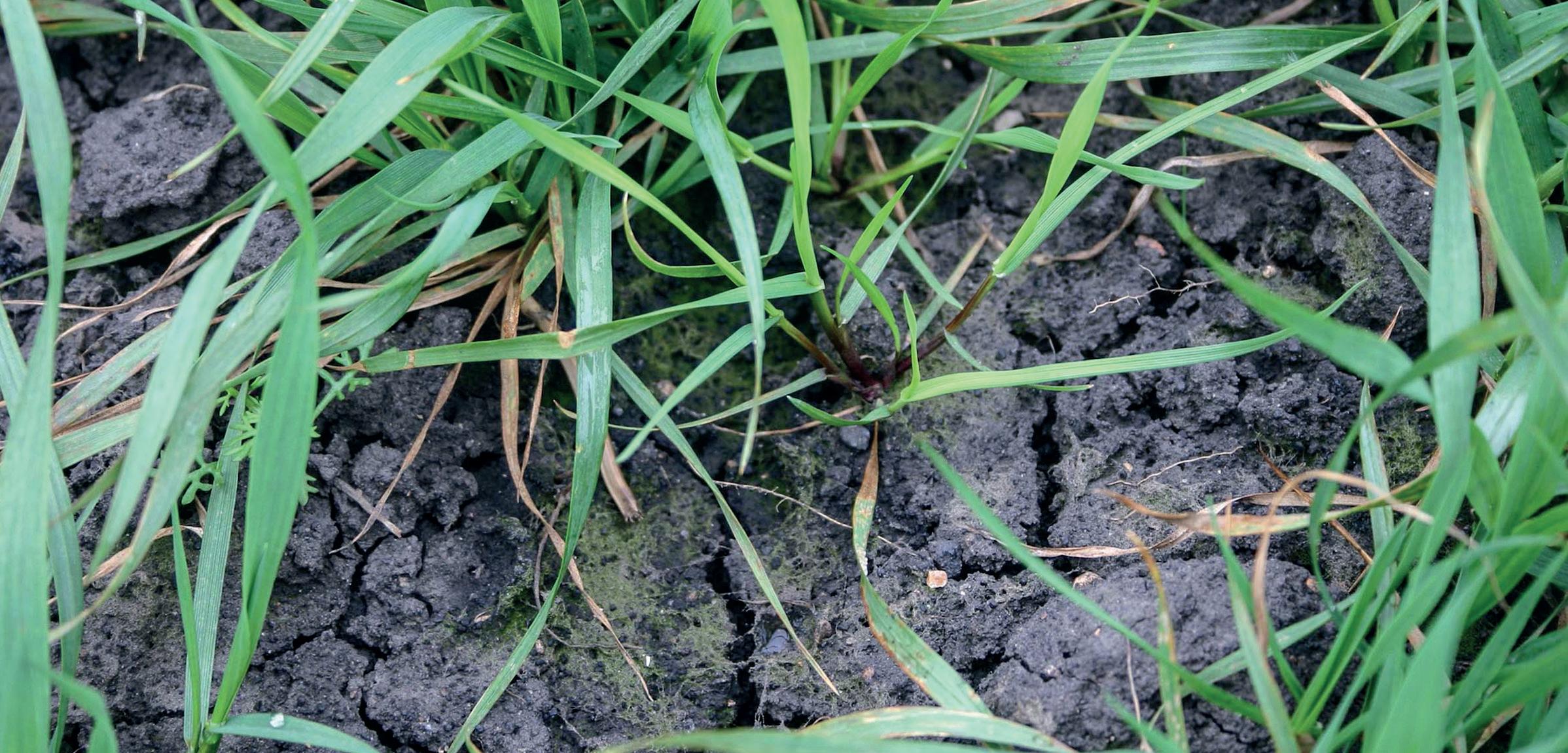
plant. In a black-grass population with 1,000 plants/sq.m you’ll get slightly less than one. With very high densities you can thin black-grass plants down with herbicides and get more seed return per plant; the outcome for black-grass herbicides when we’re using pre-ems is determined partly by density and that is really important.
“Anything we can do to reduce the starting point, to reduce the level of black-grass we’re trying to control, will help us get better outcomes. And that isn’t changed by cinmethylin. We’re still in that same scenario. You will be better off [using cinmethylin] than you would be if you use a flufenacet stack, but you still might be in a very difficult place in terms of seed return.
“If you’re drilling a winter wheat crop and you get 1,000 black-grass plants/sq.m, you will have to spend something in the order of £120/hectare before you start to have any effect on the number of heads.
“We can’t be drilling crops like that, not with any chemistry because it’s an expensive business. It’s not sustainable; we’re having to use so much herbicide to get traction that it’s really not realistic.”
While there continues to be plenty of focus on pre-emergence application techniques, a key message is that while the differences in level of black-grass control that can be achieved with changing nozzle or water volume are real, they are still quite small when compared to the cultural control tools available, says Mr Cussans.
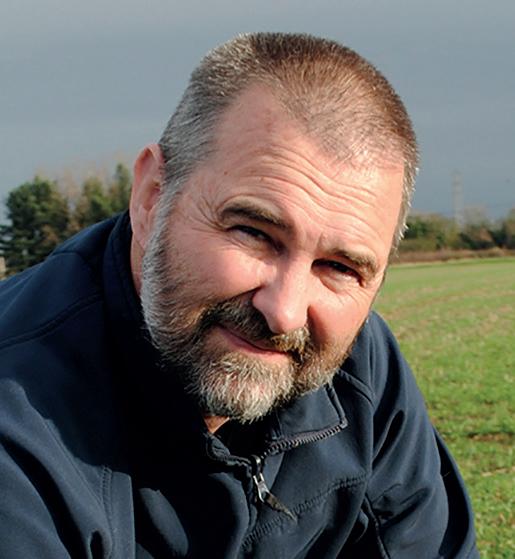
Water
The exception is with use of an increased water volume for applications of Defy (prosulfocarb).
“We do see this phenomenon Syngenta is talking about where higher water volumes help efficacy,” he says.
Trial plots at the NIAB
Anything we can do to reduce the level of black-grass we’re trying to control will help us get better outcomes
JOHN CUSSANS
Black-grass Centre at Hardwick, Cambridge, this season with what will be the standard Luximo + pendimethalin product in the market this autumn demonstrated the higher level of black-grass control provided by Luxinum Plus over existing standards.
“But with none of the other measures we want to include – appropriate drilling date for the pressure in the field, rotational management and cultivations – we are left with a choice between something horrible and something terrible,” says Mr Cussans.
However, in later-drilled plots, the density of black-grass in untreated plots was lower than in any of the treated plots. And in treated plots, delayed drilling enabled the best to be got out of chemistry, with very high levels of control achieved in some cases.
“We’ve got to see this [Luximo] as an opportunity to step forward rather than compromising some of those good things that are going on and effectively stepping backwards,” says Mr Cussans.
Problematic
Where ryegrass is the target weed, control is more problematic because cultural control tools do not work as well and control of herbicide-resistant populations can be very difficult, he adds.
“I see cinmethylin as a really fantastic opportunity in [terms of] Italian ryegrass [control], in particular alongside black-grass.”
NIAB is increasingly receiving questions about wild and brome control, particularly in low-till or no-till situations, but there is no claim for control of these grass-weeds on the Luxinum Plus label, adds Mr Cussans.









